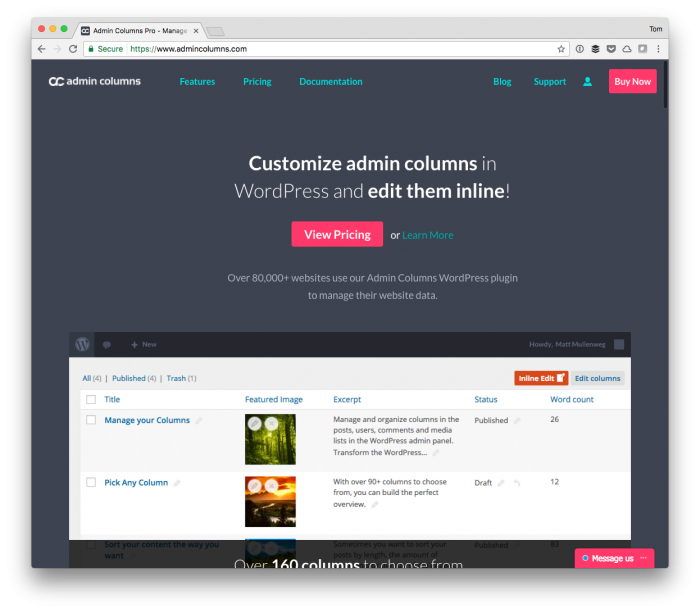Some time ago, I talked a bit about the WordPress Developer’s Club (which is still alive and kicking). But since that post, Tonya Mork and others have been working on something called Know The Code for the last few months.
There’s an active community, a ton of educational content, assignments, labs, explanations, examples, and so on. If you’re a budding WordPress developer or someone who’s looking to get into professional WordPress development, I recommend it.
But in an attempt to go to 11, Tonya and Know the Code is looking at offering a WordPress developer bootcamp specifically for those who are looking to take it a step beyond the code itself.



